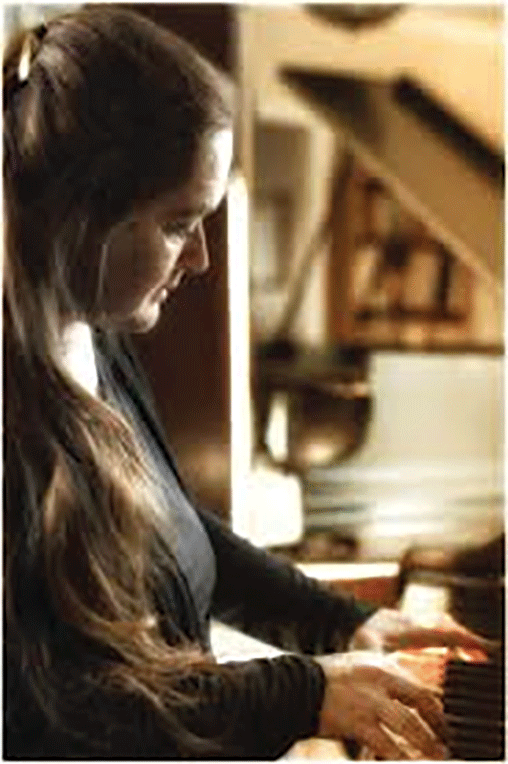Gannon University students interested in health care and music were able to gain insight from someone who combines the two last Wednesday.
Martha Summa Chadwick, DMA, gave a lecture called “Biomedical Music Techniques” using her experience in the field of music therapy. Music therapy is a relatively new approach to treating debilitating diseases like Alzheimer’s and autism that uses music to teach patients the skills needed to improve quality of life.
Chadwick explained that music therapy used to be based on social science.
“It was a peace, love and tie-dye approach, and I didn’t like that,” Chadwick said. “People thought, ‘We’ll play the guitar and everyone will feel better.”’
Music therapy now has a more practical and therapeutic approach, Chadwick said.
“We get the music going while teaching,” Chadwick said. “But then we withdraw the music, because life doesn’t have a soundtrack.”
Chadwick began working in music therapy about 20 years ago when the mother of one of her piano students asked her if she could teach the student’s sibling with autism. Chadwick said she integrated her knowledge of computer programming to teach the girl how to read music.
“When she got to the real keyboard, she started to sing,” Chadwick said. She added that the initiation process kept moving forward and the student got better at playing the real piano. Chadwick said this girl was the reason she started working in music therapy.
“It was one of those things that raised the hair on the back of my neck,” Chadwick said.
Chadwick works with about four patients a week and one patient per five-day work week. She has worked with children using techniques like rhythm auditory stimulation to teach healthy gait, speaking skills and focus ability.
“Music is fun so kids will work with music and get out of normal behavior,” Chadwick said. She said that music itself increases attention and the main factor in therapy is rhythm.
“Rhythm is intrinsic; we have rhythms going in the body all the time,” Chadwick said. She used the example of tapping fingers adjusting to the beat she produced using rhythm sticks and said the brain adjusts to the space between beats.
Chadwick said she used rhythm to teach a child with autism to lift his feet while walking, but this technique is also widely used with stroke patients.
“With Parkinson’s and Alzheimer’s, the damage is already done,” Chadwick explained. “We can only improve the quality of life. But in children, we can re-direct.
“We might not see progress in inches– we might see it in centimeters. Music is the conduit for opening communication with people who have autism.
“Anyone with a motor, speech or cognitive problem can benefit [from music therapy.] Instead of creating a small line of communication, we’re creating a tunnel.”
Chadwick closed the lecture by recognizing famous composers who suffered mental disorders and whose personalities affected their style. She played a piece written by Robert Schumann, who had bipolar disorder, on the piano. Chadwick said the song was written at his life’s decline and it moved along somberly but had some peaks of an illusionary cheerfulness.
Jessica Marinick, a junior physician assistant major, said she attended Chadwick’s talk because her music and medicine professor recommended it and she was interested in the topic.
“I thought it was awesome,” Marinick said. “It really emphasized the power of music physically and neurologically.”
KELSEY GHERING








